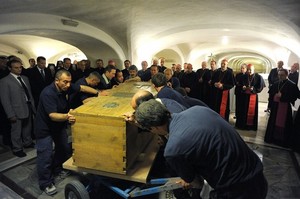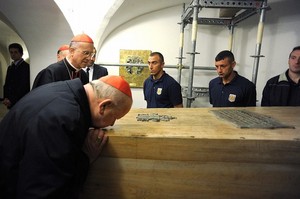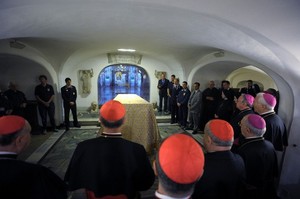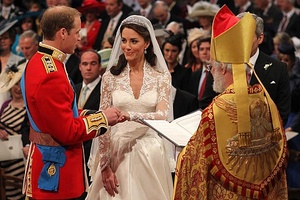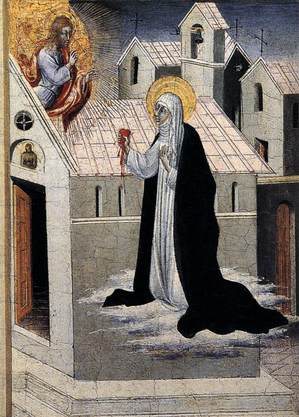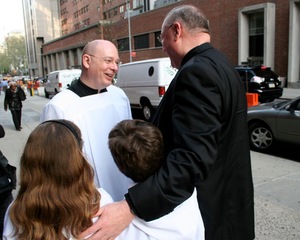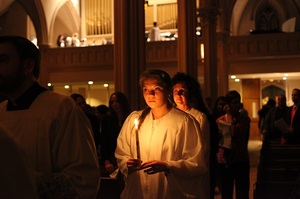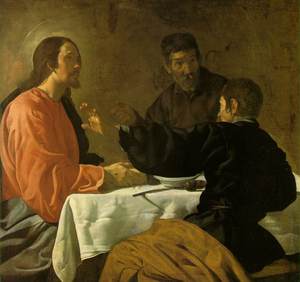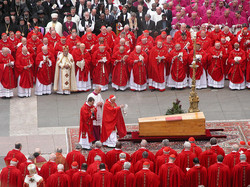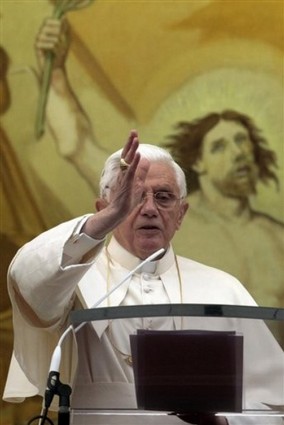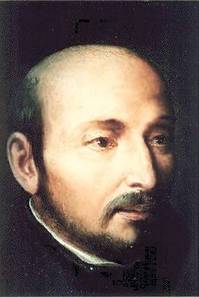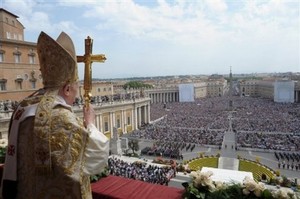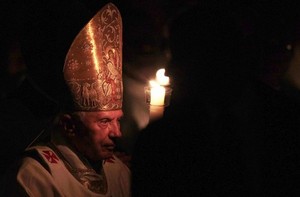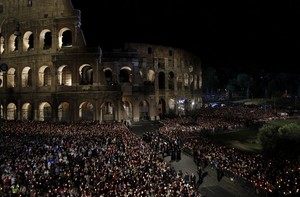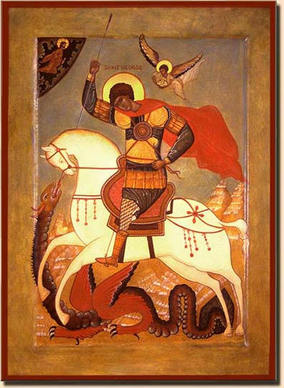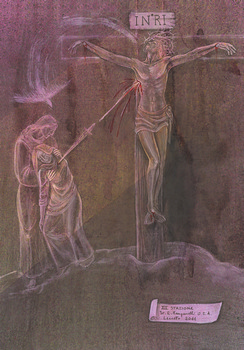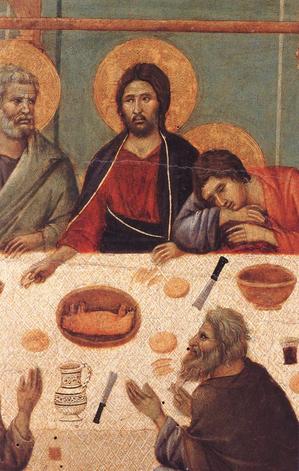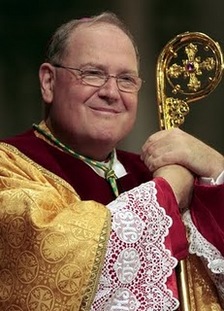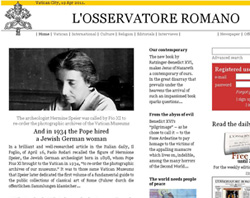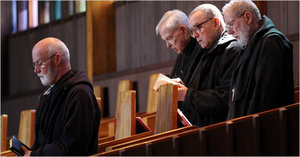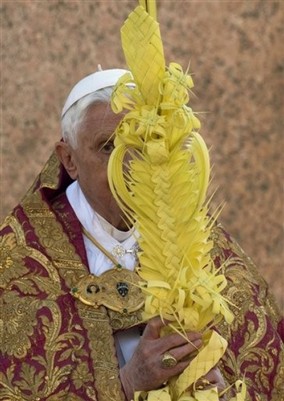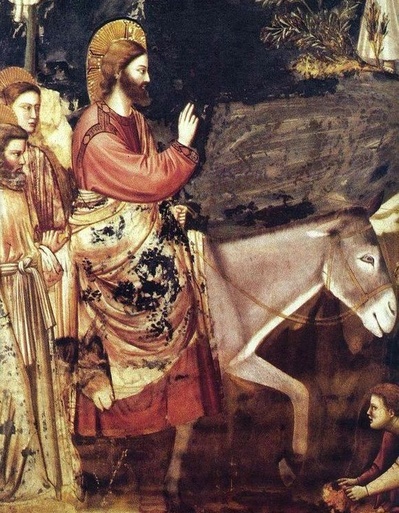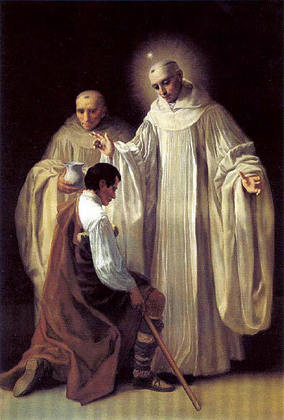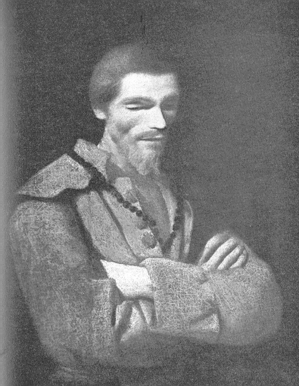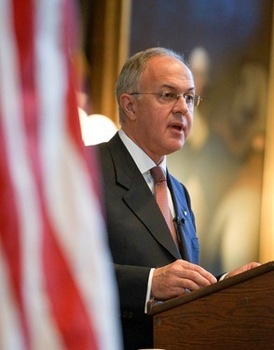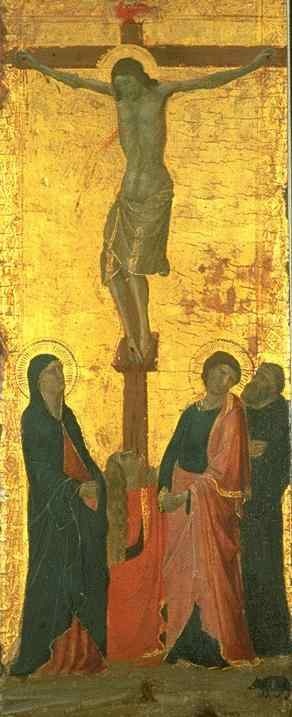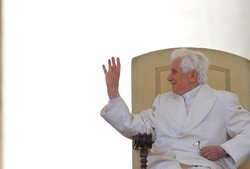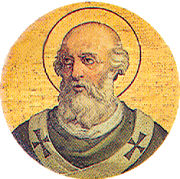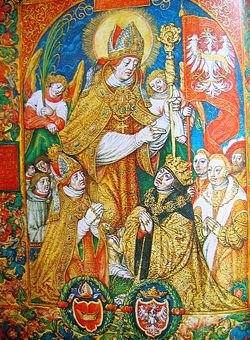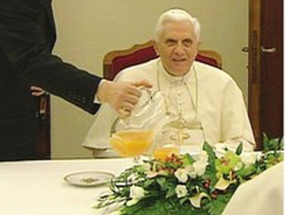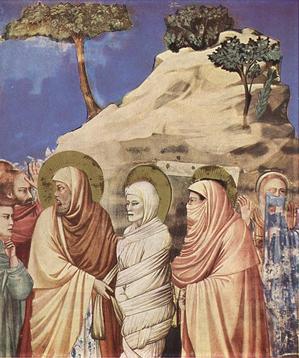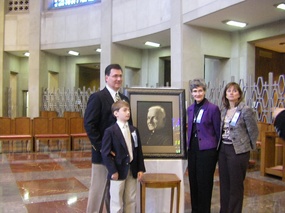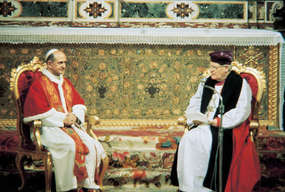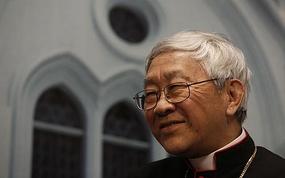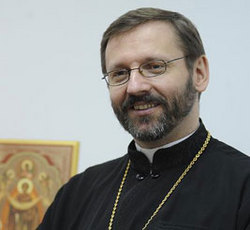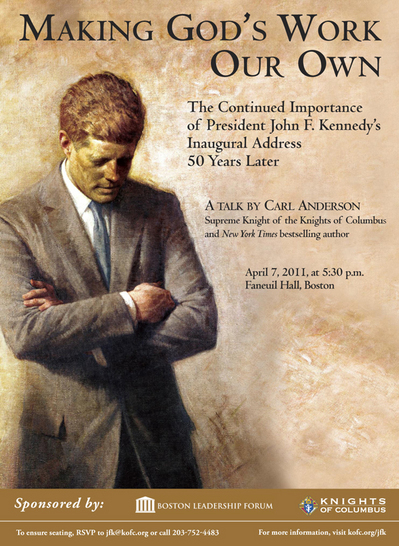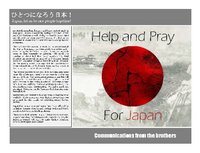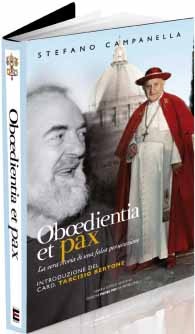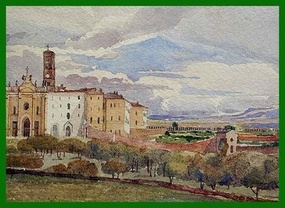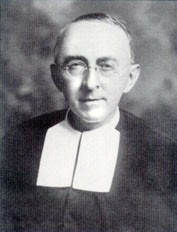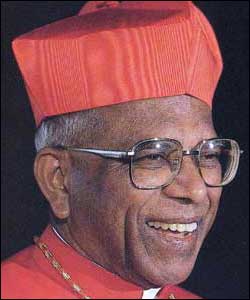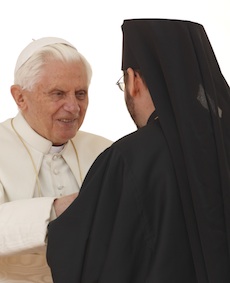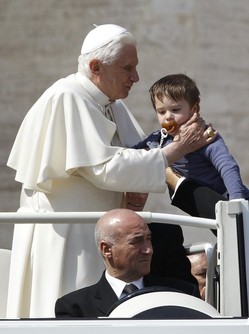Holiness is all that matters. Period. Being with God is the ultimate goal of every Christian's desire. The holiness of a person whose cause is being considered for beatification rests on the verification of a miracle -done by God at the request of another, in the case at hand, at John Paul's intercession. The person who received the gift of the miraculous healing was Sister Marie Simon-Pierre, a sister of the Congregation of the Little Sisters of Catholic Motherhood. Sister Marie Simon-Pierre was living with Parkinson's and attributes a complete healing to the intercession of Pope John Paul II. The pope suffered from the same disease. The following testimony given in 2006 and verified by medical professionals last autumn, sealed the case to beatify Pope John Paul II. Zenit provided the text.
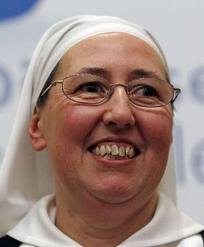
In June 2001, I was diagnosed with Parkinson's disease. The disease had affected the whole left side of my body, creating great difficulties for me as I am left-handed. After three years, the initial phase of the disease, slow but progressive, was followed by an aggravation of the symptoms: accentuation of the trembling, rigidity, pain, insomnia.
From April 2, 2005, I began to worsen week by week, I grew worse day by day, I was unable to write (I repeat that I am left-handed), and if I attempted it, what I wrote was unintelligible. I could drive only for short trips because my left leg would stiffen sometimes, and my rigidity would have impeded my driving. Moreover, to do my work in a hospital, it took more time than usual. I was exhausted.
After learning my diagnosis, it was difficult for me to watch John Paul II on television. However, I felt very close to him in prayer and I knew he could understand what I was going through. I also admired his strength and courage, which motivated me not to give in and to love this suffering, because without love none of this made sense. I can say that it was a daily struggle, but my only wish was to live it with faith and in loving adherence to the will of the Father.

